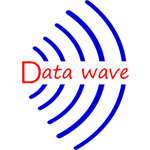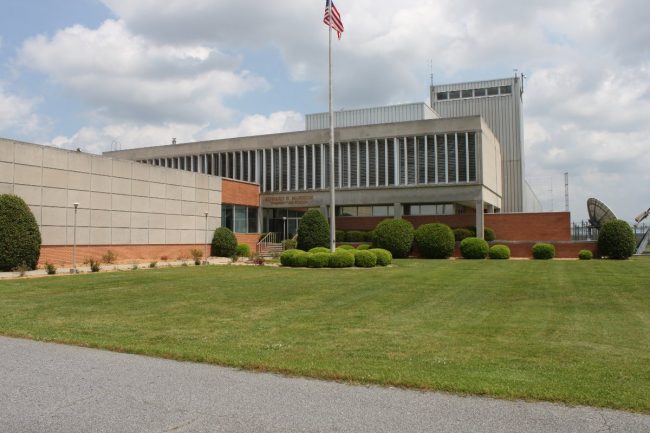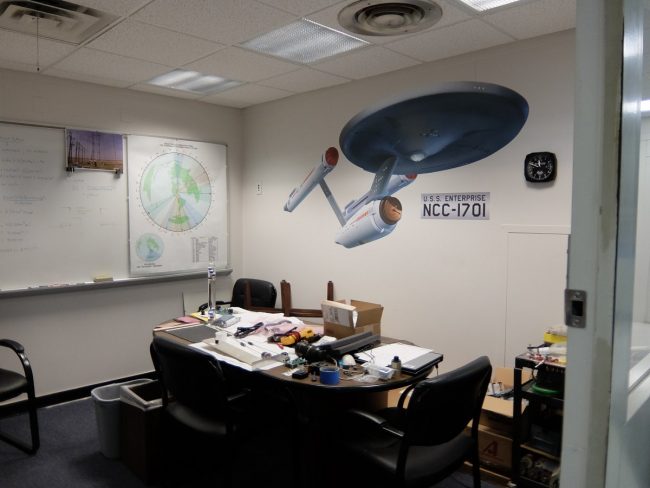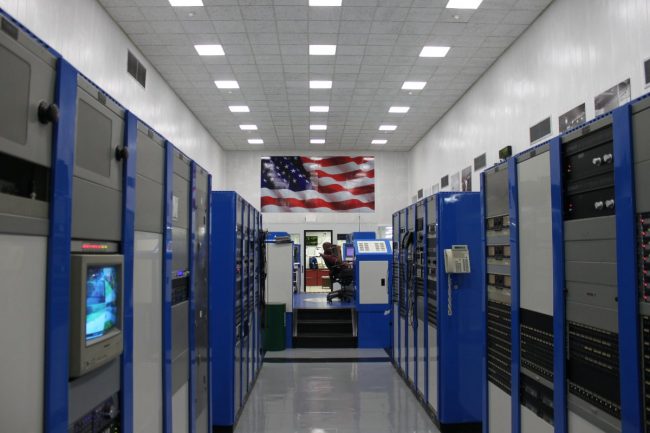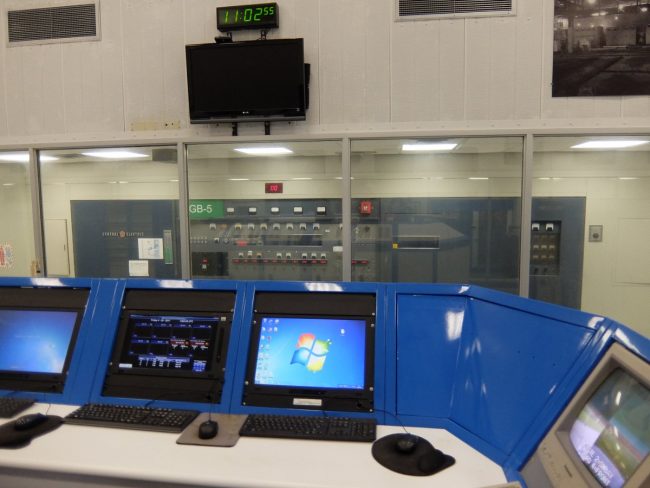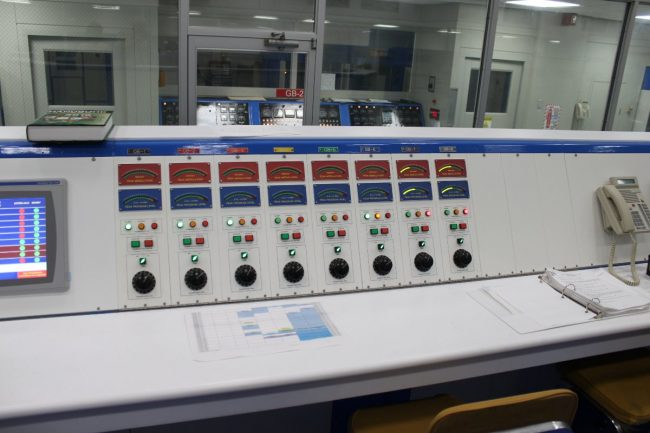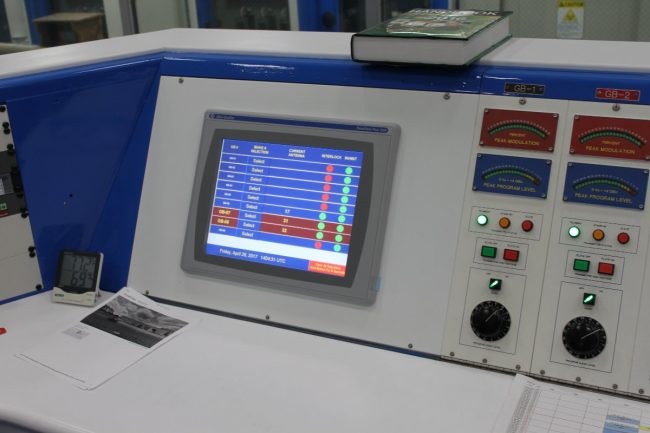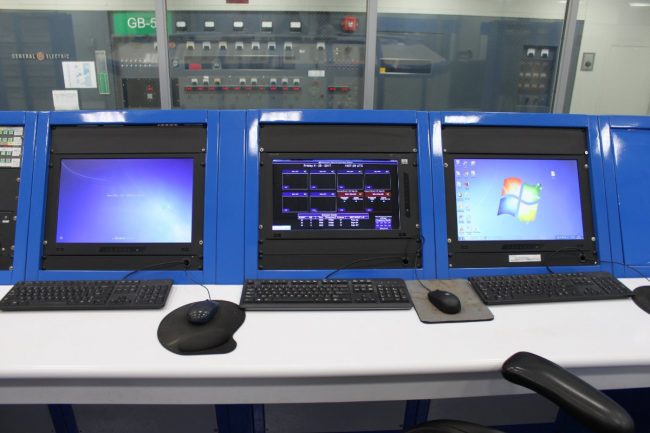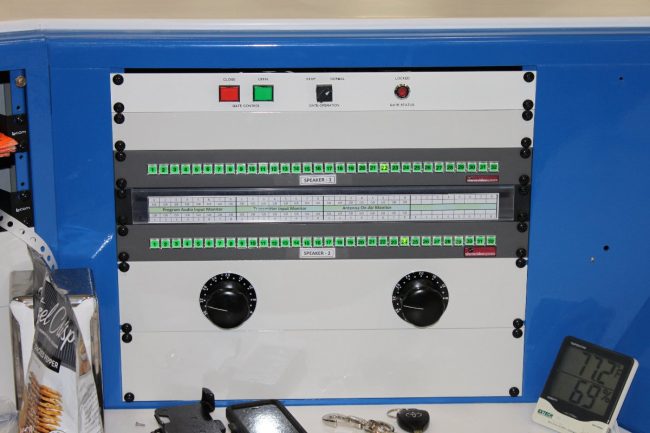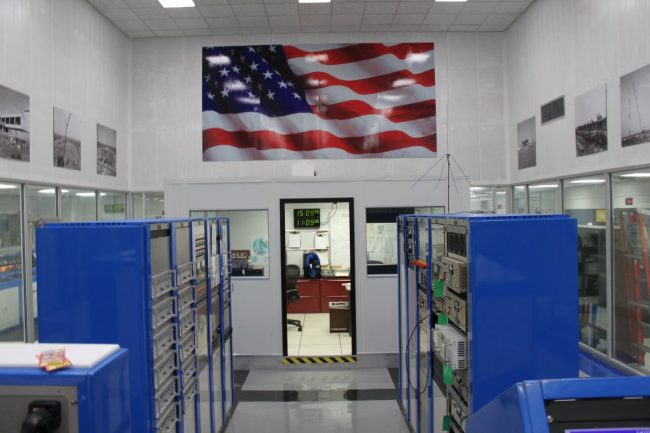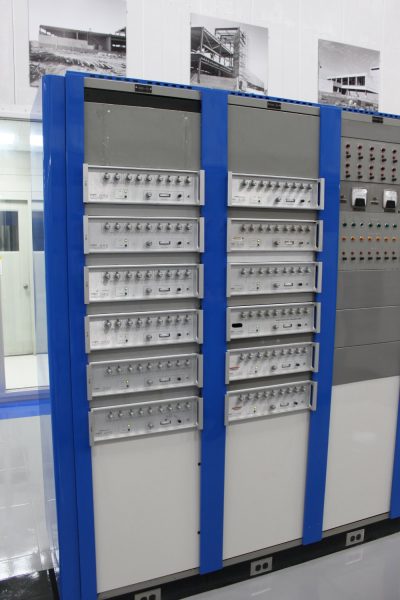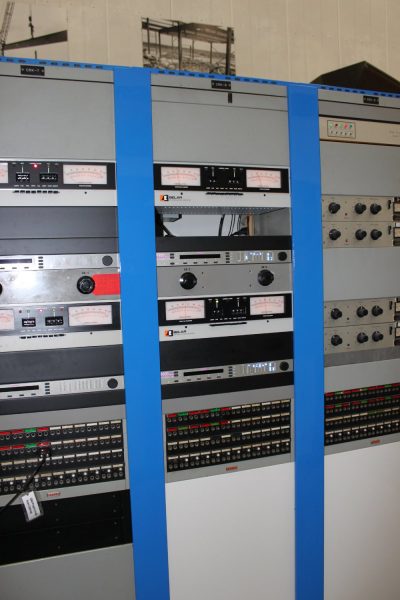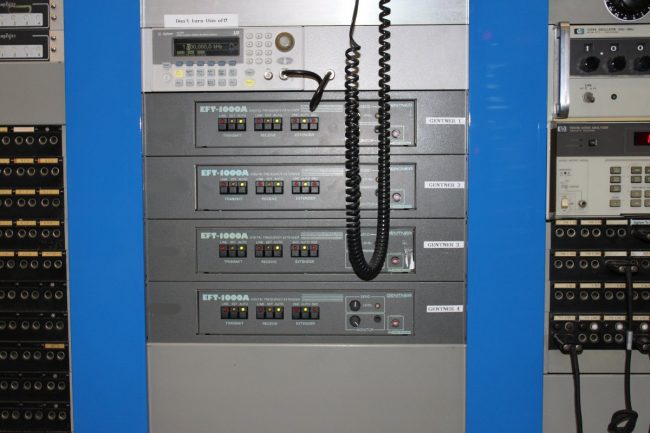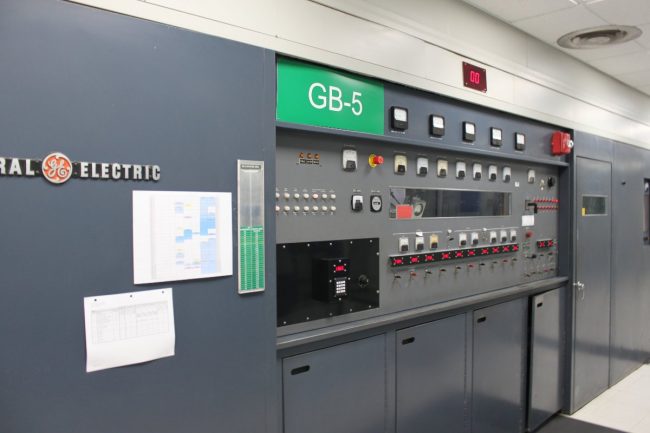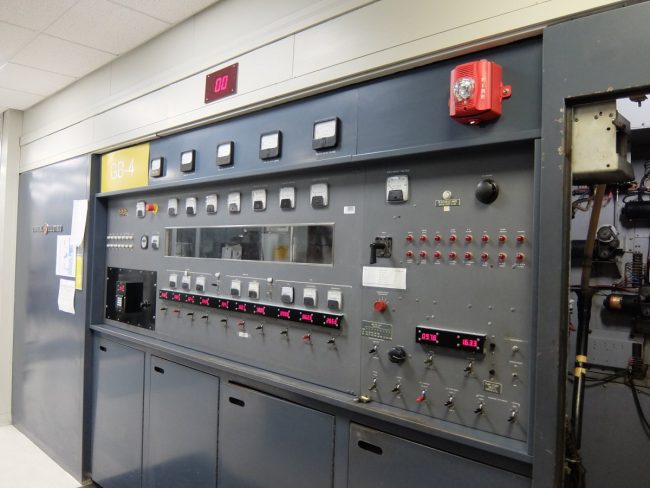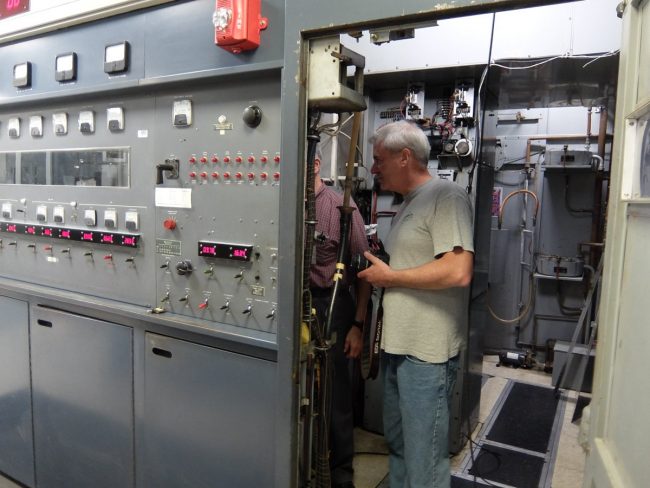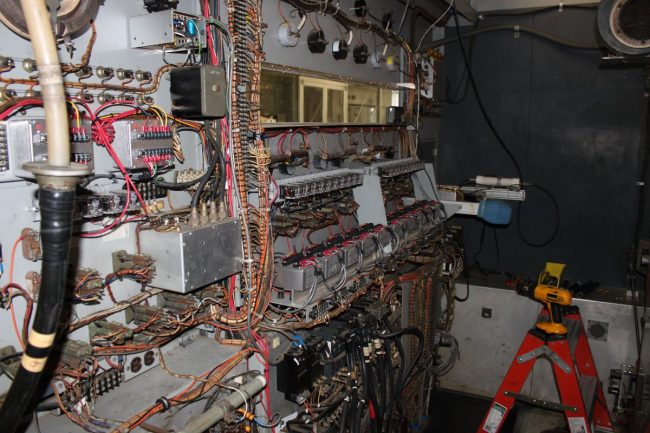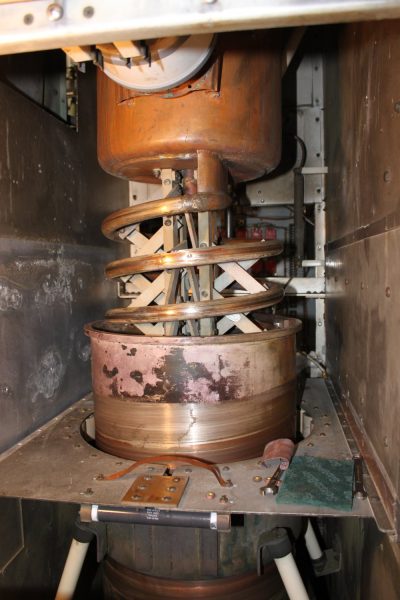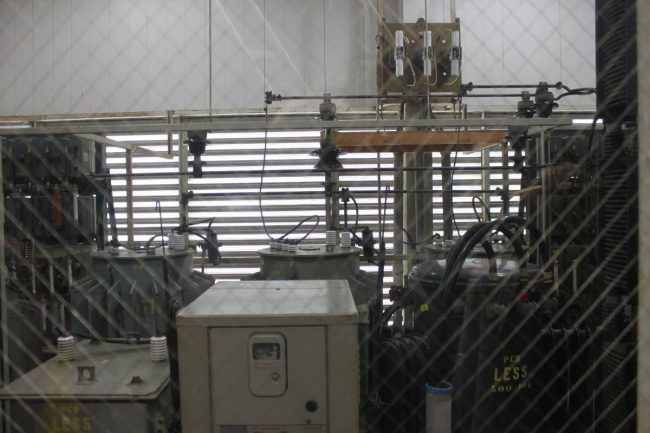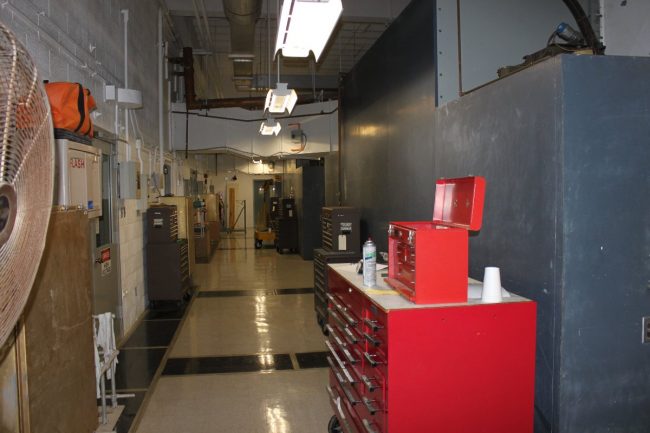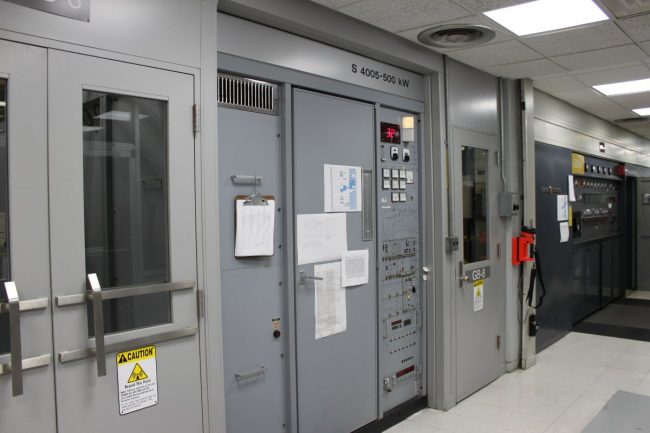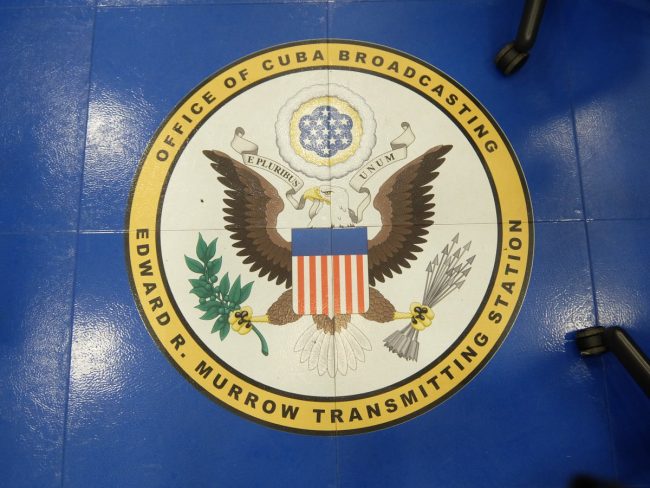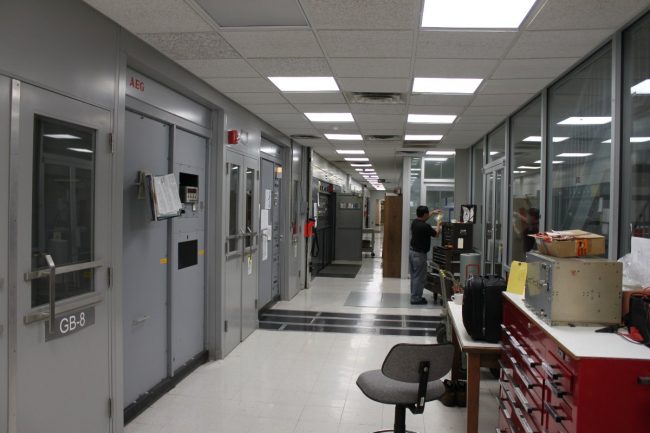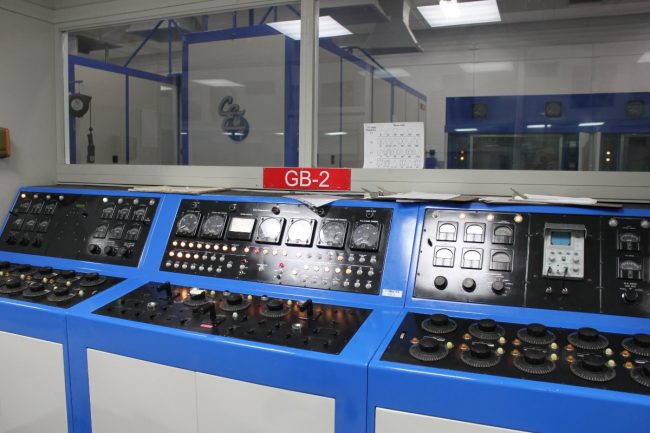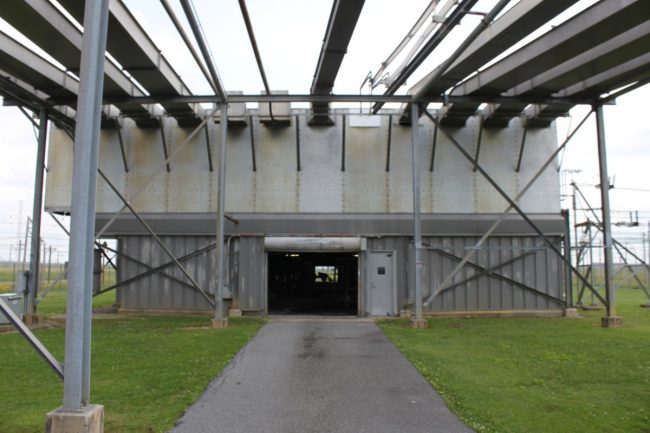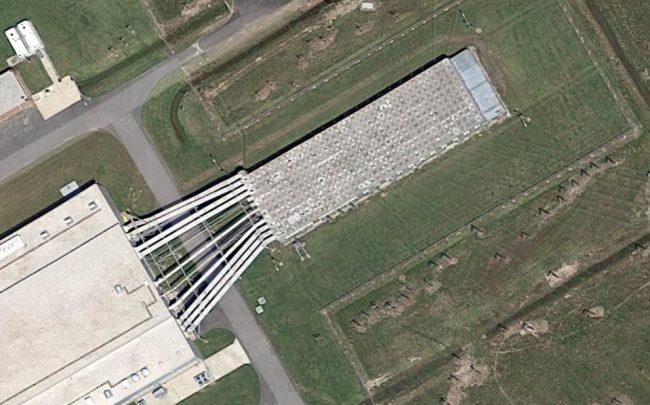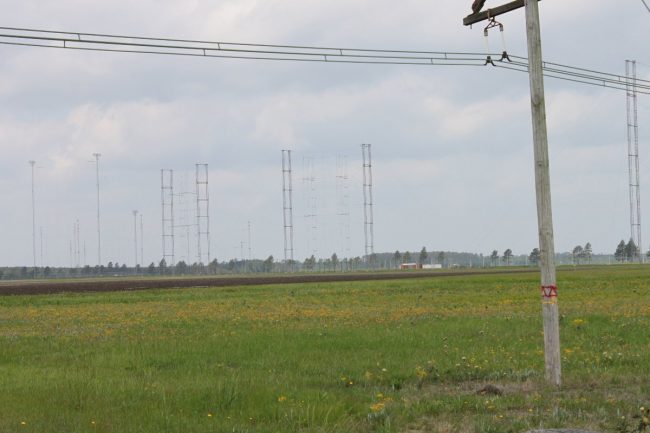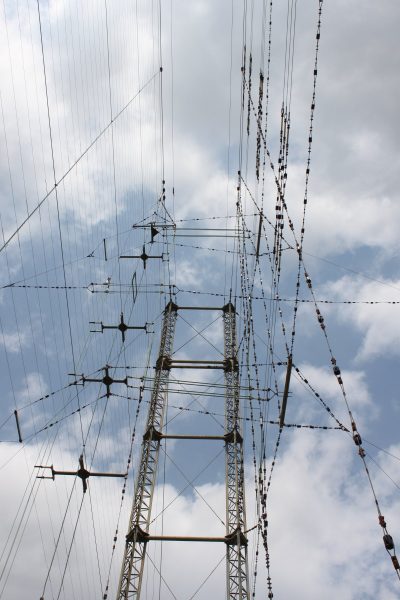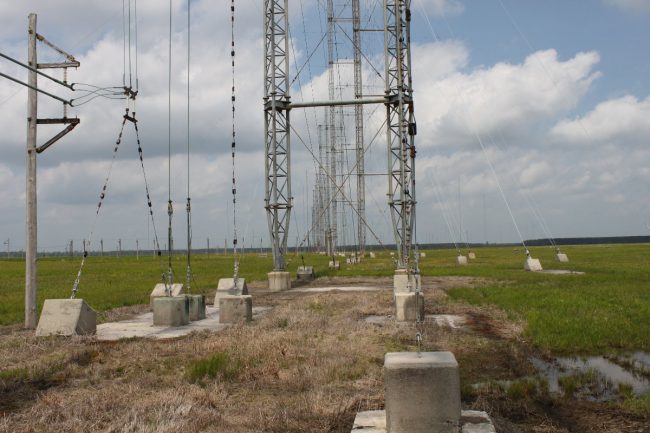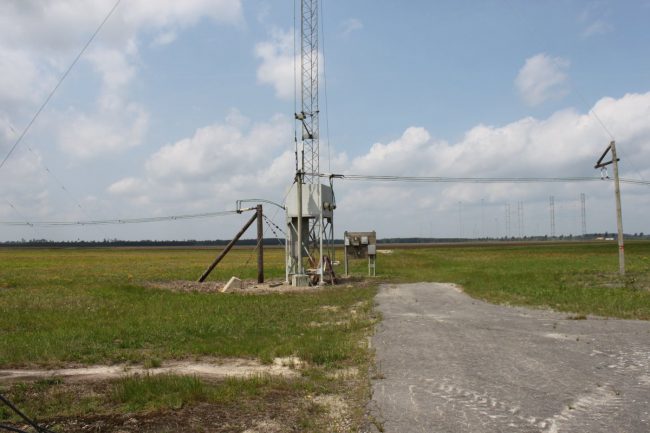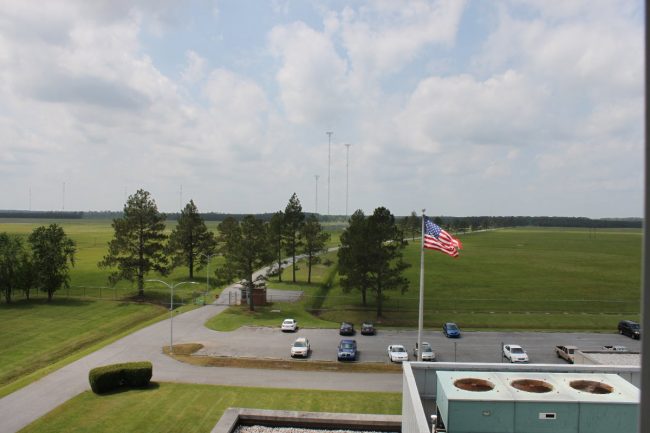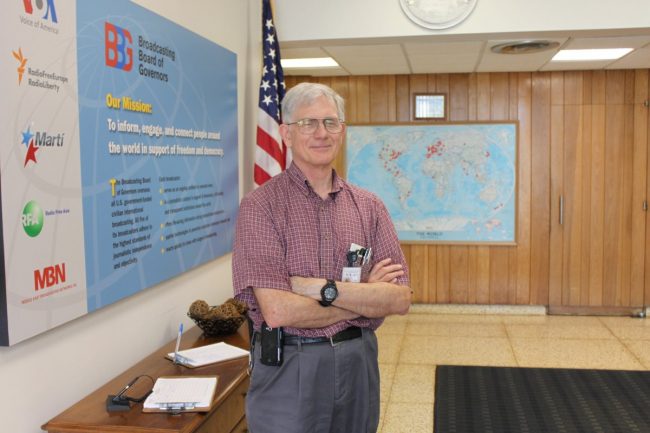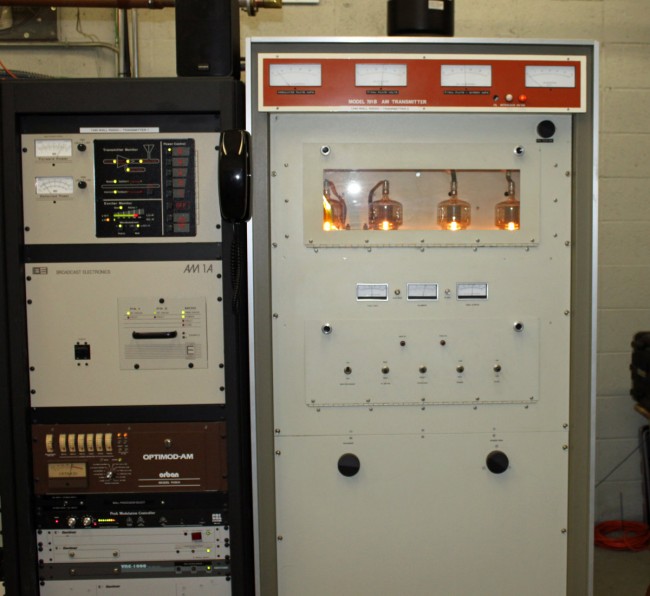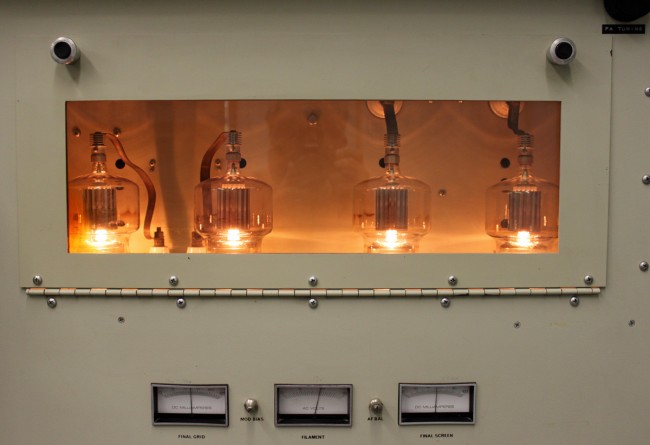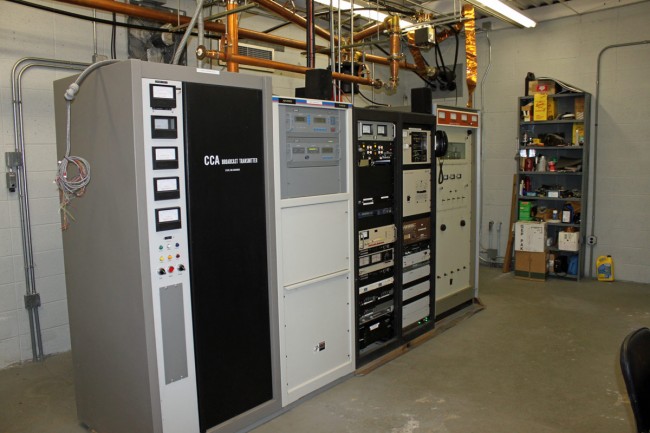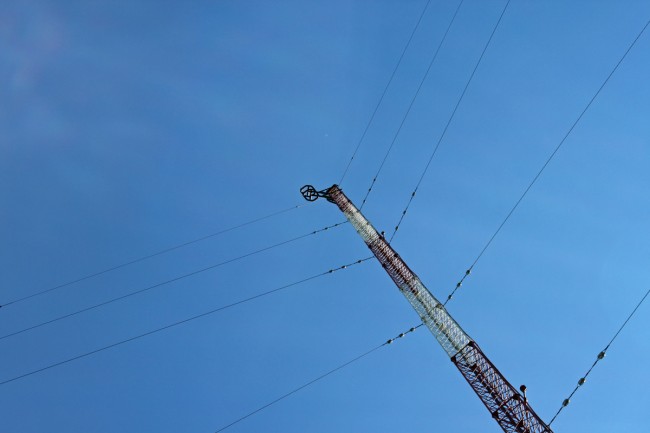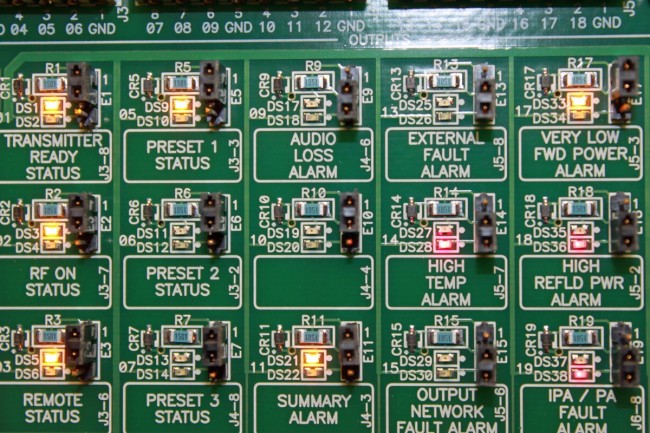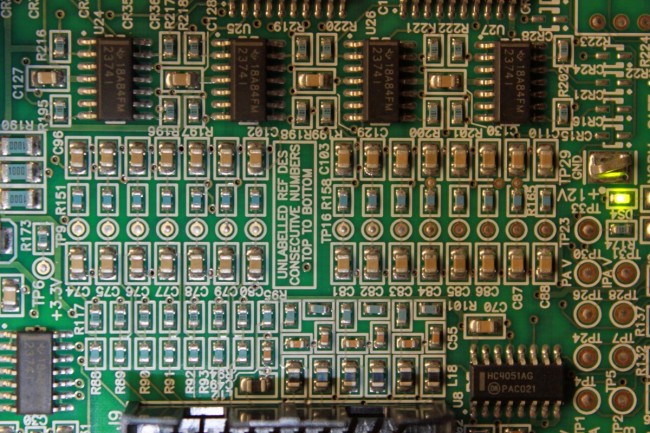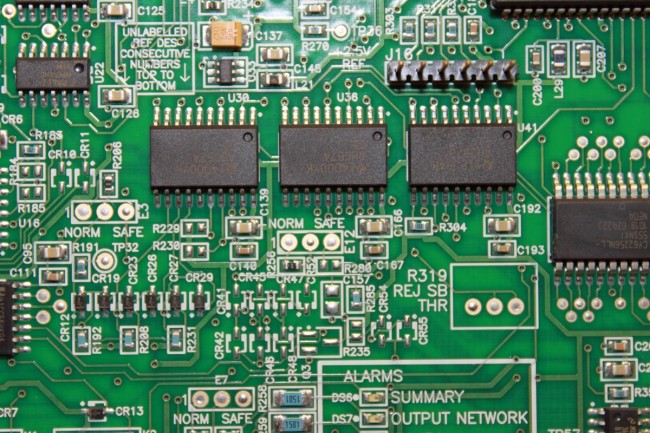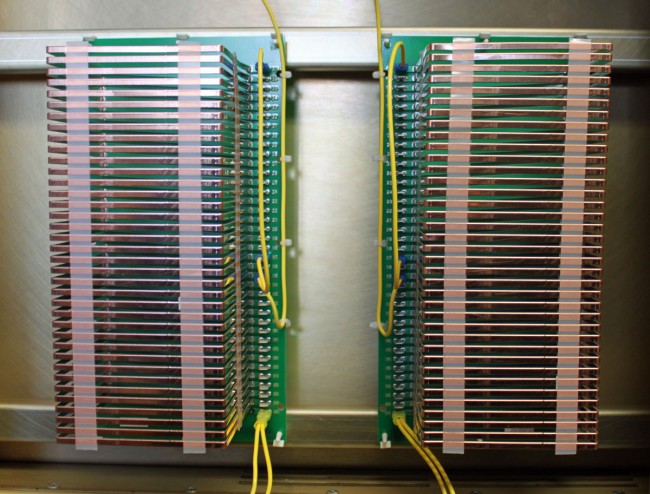It has been about five years since the AM revitalization initiative was first proposed by the FCC and about five years since the first rules changes took place. Those rules changes included:
- FM translators for AM stations
- Allowing stations to use MDCL (Modulation Dependent Carrier Level)
- Changing some of the antenna radiation efficiencies requirements
- Changing some of the allowable interference towards other stations requirements
- Loosening some rules regarding proofs, MOM, nighttime coverage over the city of license, etc
Things that were not addressed:
- Receiver quality and technical advances
- Ambient noise levels on Medium Frequency (among other) bands
- HD Radio or any other digital modulation scheme
Things that were discussed then changed subsequently as a separate initiative:
- The main studio rule, which was eliminated for all broadcasting stations
What has been the net effect of these changes? Has any of this revitalized AM radio? The net effect has been approximately more of the same. There have been many stations that have applied for and received licenses for FM translators. Those stations, in most cases that I am aware of, receive some benefit of extra revenue because of this. Stations with carrier power levels of 10-50 KW have taken advantage of MDCL technology to save some money on their electric bill. Nothing wrong with that.
For stations that use a directional antenna, proofs of performance and other DA matters with the FCC have become slightly easier. Medium Frequency (MF) directional antennas are very large, require a lot of land, are expensive to build, license, and maintain. I know of several stations which have downgraded from a class B station with a directional antenna to a class D station with a single tower and greatly reduced nighttime power. Those downgraded stations certainly benefit from an FM translator.
I have heard from more than one AM station owner who says after four years, they are going to “turn in their AM license and just keep the FM.” I am sure that they are not informed regarding translator rules. Perhaps, however, the FCC will allow this in the future; a sort of back-door commercial low-power FM station classification.
The AM band zenith occurred in November of 1991 when there were 4990 licensed AM stations in the United States. As of June 30, 2018, the total stands at 4633. That is a decline of 357 stations. There are currently 90 AM stations listed as silent. That represents a decline of approximately 9 percent or less than 1/2 of one percent per year.
The last number of AM stations actually transmitting HD Radio that I found was approximately 110, which differs from the iBiquity (and FCC) number of 240. The FCC database includes stations that are currently dark or stations that were transmitting HD Radio at one time but have since turned it off. Either way, it is a small percentage of licensed stations. As of this time, AM HD Radio appears to be a non-starter. In other parts of the world, Medium Frequency DRM seems to be doing well. The difference seems to be that the DRM operation is all digital and the digital carriers have a much higher power level than that of the hybrid AM HD Radio being used here.
Of those 4633 standard broadcast stations, approximately 260 belong to iHeart radio, Cumulus owns approximately 120 and Townsquare owns approximately 80. That accounts for 460 stations. The remaining 4000 or so stations currently on the air are owned by medium-sized corporations or individual owners. The reason for the distinction; I have noticed that large corporate owners tend to concentrate resources and effort on those licenses that will make the best return, e.g. FM stations. Of course, there are a few exceptions to that trend, often in major markets.
Of those 4000 or so remaining AM stations, most seem to be treading water. They are making enough money to stay on the air. There are a few AM stations that are doing remarkably well. Those are the ones with primarily local content. The vast majority of AM stations are running some type of syndicated talk. News/talk and sports radio are the two most common formats. Conservative news/talk seems to be the bread and butter. Liberal news talk has been tried, but none have succeeded.
Last May, the Supreme Court overturned the Professional and Amateur Sports Protection Act of 1992. That federal law prevented gambling on outcomes of professional and college sports games. With the overturn of that rule, individual states can now legalize sports betting. It will be interesting to see what states allow legalized sports gambling and whether that has any effect on the various sports radio formats. I can see where individuals and odds makers may want to get good inside information regarding team dynamics and so on. The sports network that can furnish such information may be in a good position to carve out a niche.
Music can and does sound good on AM when it is done correctly. There is a great misconception that AM fidelity is poor. That is not necessarily so. There are a good many AM receivers these days that have much better bandwidth than the previous generation receivers. I am noticing that car radios in particular sound much better. Yes, there are still problems with electrical noise and nighttime interference. There are still technological improvements that can be made for analog AM on the receiver side.
In summary; the revitalization efforts have benefited some AM stations in some areas. The truth is, that many AM stations have been let go for so long that there is no saving them. Other AM stations that are still viable are making a go of it. In nautical terms; there is six feet of water in the hold, the pumps are working and the ship is not sinking… for now.
